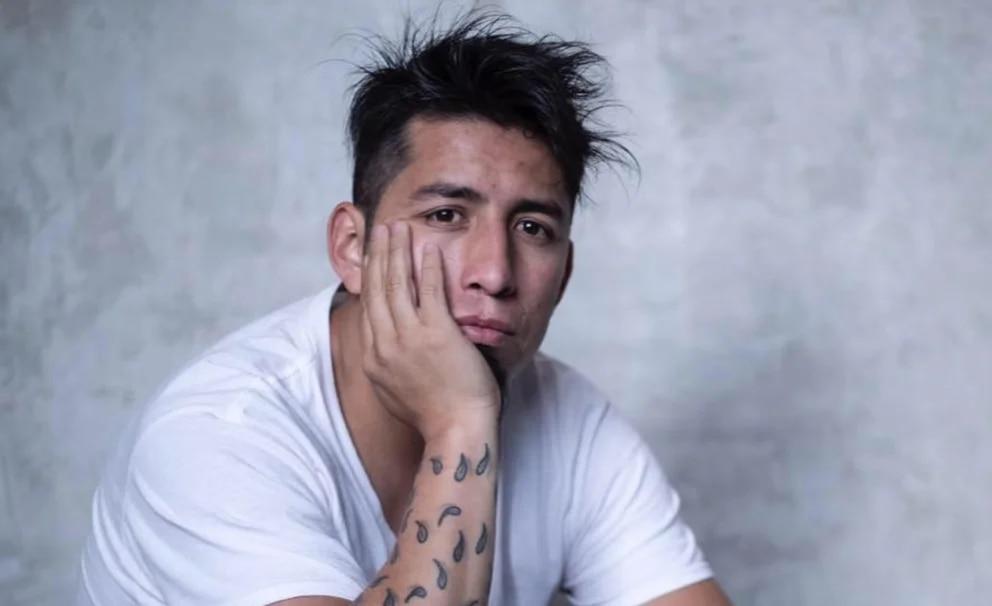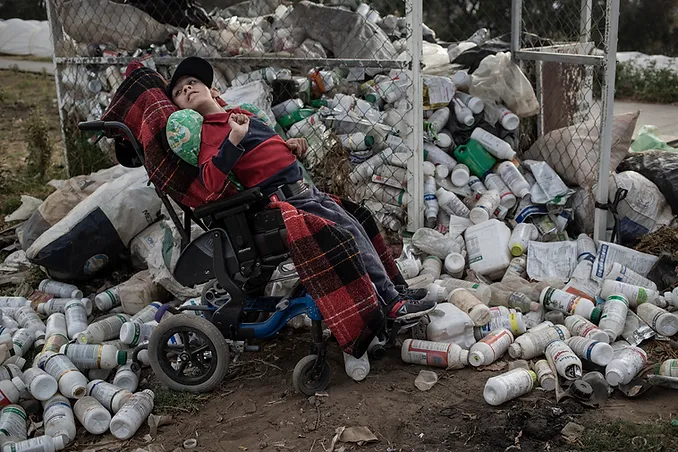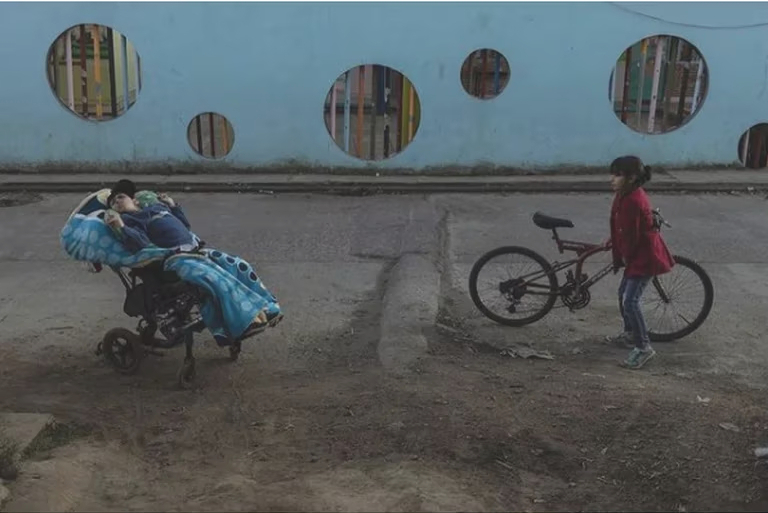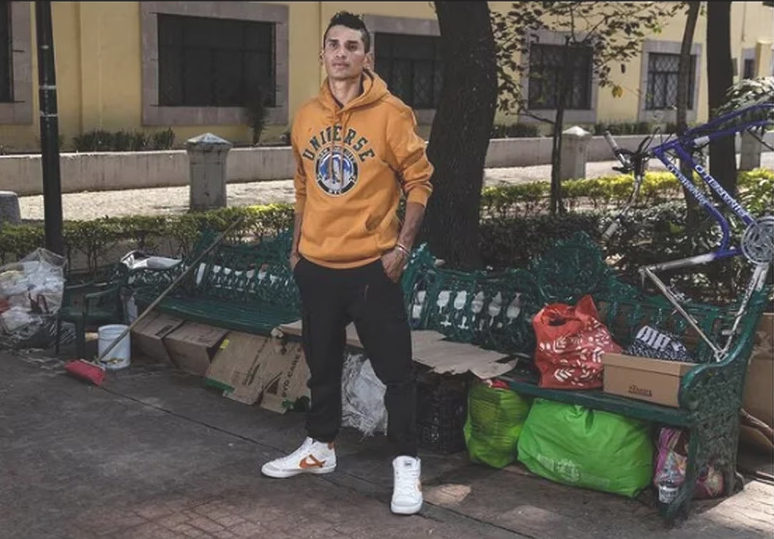
Cristopher Rogel Blanquet won the "Long Term Projects" award from the World Press Photo organization for documenting the evils that agrochemicals have done to the population of Villa Guerrero, State of Mexico. Photo: Facebook/Cristopher Rogel Blanquet. World Press Photo is a non-profit organization that is responsible for conducting the largest journalistic photography competition globally.
[Translation] Photographer Cristopher Rogel narrated through his camera the evils that agrochemicals have caused in the people of Villa Guerrero.
There are a total of nine categories in which photographers can compete: World Press Photo of the Year, Contemporary Issues, Environment, General News, Nature, People, Sports, One-off News and Long-term Projects. The latter is characterized by a photographic series taken over a period of at least three years in which the photographer tells a story. It was in this category that Mexican photographer Cristopher Rogel Blanquet stood out among more than 3,000 photographers from 127 countries.
Rogel participated with a project entitled Hermoso Veneno (Beautiful Poison). It dates back to 2020, when Cristopher was looking for a job in a photo agency. Although there were no vacancies, the agency saw potential in Cristopher's work, so they asked him to do a project focused on the environment.
In an interview with Animal Politico, Cristopher recalled the stories his father told him about Villa Guerrero, State of Mexico, a municipality famous for being full of flowers but also for spraying them with highly harmful chemicals.
 Child with hydrocephalus in Villa Guerrero poses next to agrochemical bottles, responsible for his condition. Photo: Cristopher Rogel Blanquet
Child with hydrocephalus in Villa Guerrero poses next to agrochemical bottles, responsible for his condition. Photo: Cristopher Rogel Blanquet
The Mexican photographer traveled to this municipality to see firsthand the effects of agrochemicals on the people. The stories he told through his photographs were merely heartbreaking, however, at that time COVID-19 reigned in all the media, so his project was discarded.
Cristopher had done exhausting work for the project, so he didn't think it was fair to just shelve it. So he decided to continue on his own, sharing it in different calls for entries such as Jóvenes Creadores and the Eugene Smith grant, having a great reception in each of these until he reached the World Press Photo.
Cancer, hydrocephalus and sterility are some of the conditions that many people in Villa Guerrero suffer from due to the chemicals used to water the flowers. Rogel narrated this lifestyle through his lens, but also told in his own words the perspective that the people of the area have on this problem, which they define as "a necessary evil."
 Blanquet stood out in the World Press Photo competition for capturing with his lens the effects that agrochemicals have had on the lives of the people of Villa Guerrero. Photo credit: Instagram/rogelblanquet
Blanquet stood out in the World Press Photo competition for capturing with his lens the effects that agrochemicals have had on the lives of the people of Villa Guerrero. Photo credit: Instagram/rogelblanquet
"The workers, from their perspective, understand that this work is a necessary evil, a kind of cost or tribute paid to the flowers, because the flowers also feed them. They have told me 'yes, we know it is wrong, but it is the only thing we know how to do, and if we have a family member with illnesses, we assume it.'"
Cristopher confessed in an interview that, in his role as a journalist, he sought the position of the authorities in the area, who refused to comment on this serious situation. For its part, the World Press Photo jury reiterated the importance of this work as a testimony of the authorities' malpractice.
"The images are subtle, nuanced and beautifully edited in a way that maintains the dignity of the community photographed and creates an emotional reading of their story. This is an understated story that the jury hopes will have an impact by exposing the corrupt government structures that promote the use of such harmful agrochemicals." These were part of the jury's comments on Cristopher's work.
 Cristopher wanted to confront the authorities about the effects of agrochemicals on the residents of Villa Guerrero, however, they refused to comment. Photo: Instagram/rogelblanquet
Cristopher wanted to confront the authorities about the effects of agrochemicals on the residents of Villa Guerrero, however, they refused to comment. Photo: Instagram/rogelblanquet
Today, Cristopher is covering the festive Easter festivities, however, he is also working on his new project: Invisibles, where he meets with homeless people, eats, talks with them and invites them to a makeover, in order to tell their story and document the shocking "before and after."
"What I intend is for people who see this work to wonder what a freshly bathed person is doing posing in garbage, when in reality, these people are posing in their home. I seek to give visibility and dignity to their identity, which they decided to abandon long ago," Rogel said about Invisibles.
 Blanquet is currently working on his "Invisibles" project, where he talks to people in street situations and offers them a makeover. Photo: Instagram/rogelblanquet
Blanquet is currently working on his "Invisibles" project, where he talks to people in street situations and offers them a makeover. Photo: Instagram/rogelblanquet
